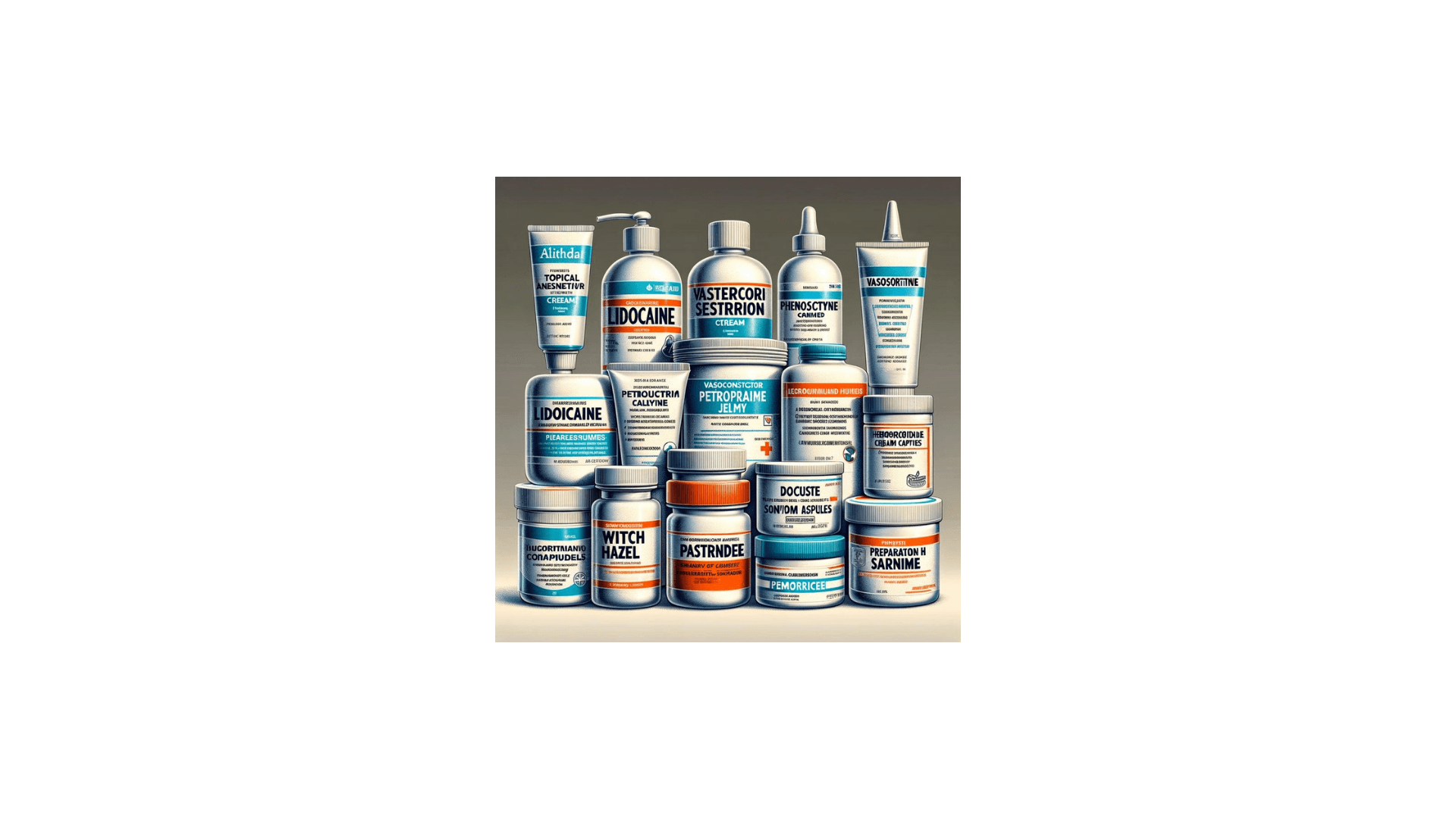Download A4Medicine Mobile App
Empower Your RCGP AKT Journey: Master the MCQs with Us!

Hemorrhoids, commonly known as piles, are a prevalent condition characterized by the swelling of vascular anal cushions around the anus. With a spectrum ranging from internal, typically painless haemorrhoids above the dentate line, to possibly painful or itchy external haemorrhoids below it, the condition can cause significant discomfort and impact daily activities. Particularly during pregnancy, women may experience an increased propensity to develop haemorrhoids due to physiological changes.
The management of haemorrhoids in primary care focuses on symptom relief, healing promotion, and recurrence prevention. The British National Formulary (BNF) provides guidance on a variety of treatment avenues, from lifestyle modifications to a range of pharmacological options. Non-drug treatments emphasize dietary adjustments to soften stools and maintain good perianal hygiene, crucial for alleviating symptoms and aiding the healing process. When medication is necessary, the BNF recommends addressing constipation proactively, considering simple analgesics for pain relief, and avoiding medications that may exacerbate symptoms, such as opioids and certain anti-inflammatories.
The table presents each treatment type, its active ingredients, the mechanism by which it alleviates hemorrhoidal symptoms, and common brands that primary care clinicians might encounter or prescribe.
| Product | Active Ingredients | Formulation and Mechanism of Action | Indications, Dose, and Notes |
|---|---|---|---|
| Anusol | Balsam peru,... |
Try our Free Plan to get the full article.